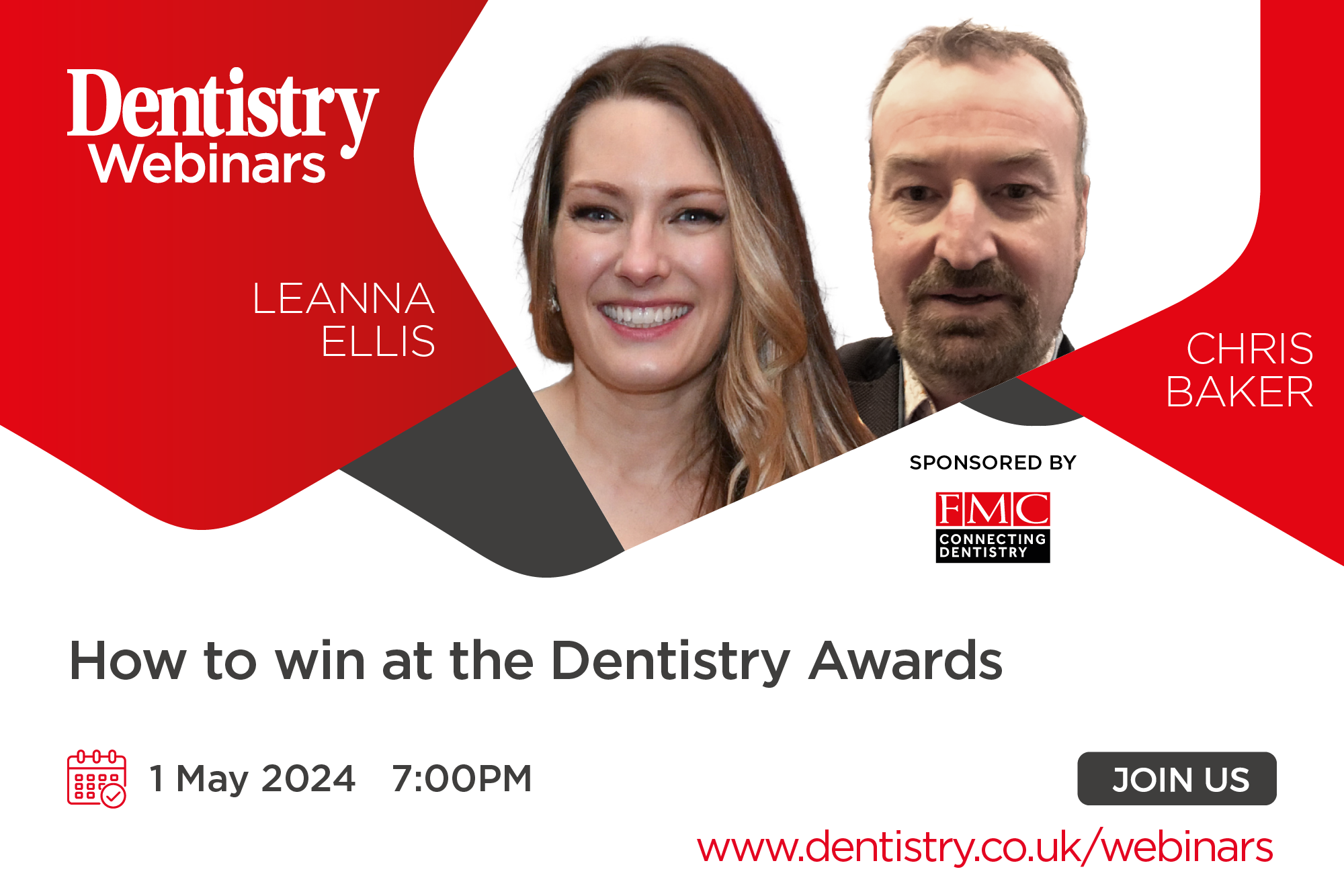 GDPR and CBCT scans. Kunal Shah explains why it is worth getting a specialist’s opinion before carrying out any work.
GDPR and CBCT scans. Kunal Shah explains why it is worth getting a specialist’s opinion before carrying out any work.
CBCT scans are crucial for treatment planning in endodontic treatment.
To ensure the process of taking and reading CBCT scans is compliant with the regulations, you have to consider who is the referrer, who is the operator and who is the practitioner. The referrer requests the CBCT scan. The operator actually acquires the image. Lastly, the practitioner is responsible for justifying the need for a CBCT and reporting on it.
In some cases, one dentist could be all three. While in others, there will be multiple professionals involved. This is crucial, as one of the steps may be outside the remit of a dentist.
Problems
The first two stages present few problems. As long as the dentist is sufficiently trained and knowledgeable to know when a CBCT scan is needed, their request/referral is supported.
With regards to implant treatment, for example, the dentist needs the X-ray. This is to acquire the clinical information necessary to plan treatment accurately. Similarly, if you have the competence to physically use the CBCT equipment and take a scan, then you’ll face no problems as the operator.
However, a complication presents when the dentist is the practitioner. They are responsible for justifying and reporting on the scan produced. As radiology is not necessarily a dentist’s specialty, it is easy to see how things might be missed.
The danger here is that most dentists will typically go into a tunnel-vision mode when reading the scans. Other than checking for generalised issues, we will often only look at the specific area of concern in great detail.
For example, when treatment planning a dental implant in the lower arch, most oral surgeons will concentrate on the anatomy of the bottom arch. They may therefore miss an abnormality in the upper arch. This might not affect the implant treatment at that time. However, the practitioner is still responsible for reporting on everything that can be seen in the radiograph. This might include reporting on TMJ features, regardless of whether this affects implant treatment.
Missing abnormalities
With this in mind, there will also be a risk of missing any abnormalities that fall outside the remit of a dentist. Abnormalities that require the skills of a general medical professional to diagnose. For example, you can detect thrombosis on a radiograph. This is a completely medical condition and not one that a dentist would be expected to find.
However, if a dentist has taken on responsibility for reporting on an X-ray, they would be held accountable for identifying the symptoms of thrombosis, as well as any dental concerns.
Similarly, you can detect osteopenia/osteoporosis on a radiograph. This is not something that even a highly experienced dentist would diagnose.
The regulations ensure that the patient receives all the relevant information from their X-ray. This maximises the usefulness of their radiation exposure and allows them to act on it accordingly.
Benefits of working with a specialist
Reporting by a specialist radiologist eliminates the risk of missing anything from an X-ray. They will automatically look at everything presented on the image and deliver a full report on any detectable anomaly.
They will also have training and experience within the general medical field, meaning they have the ability to identify and report on any issues beyond the expertise of a dentist.
As the dentist, you may not need all this information to plan your endodontic treatment – or any other type of dentistry for that matter. But it is still important to ensure that there are no underlying issues that could affect treatment.
It is equally as relevant when considering longevity of dental treatment. If an issue arose several years after an implant was placed and it turned out that the problem could have been found early on the original X-rays, the dentist would be responsible and could face legal consequences.
As such, delegating the role of reporting on a radiograph to an expert provides the practitioner with medicolegal protection.
In addition, by working with an expert radiologist, I know that I am delivering the best possible service to my patients.
By combining two different specialities, my patients can have complete confidence that they are receiving the most appropriate treatment now and into the future.
This article first appeared in Endodontic Practice magazine.
Follow Dentistry.co.uk on Instagram to keep up with all the latest dental news and trends.



